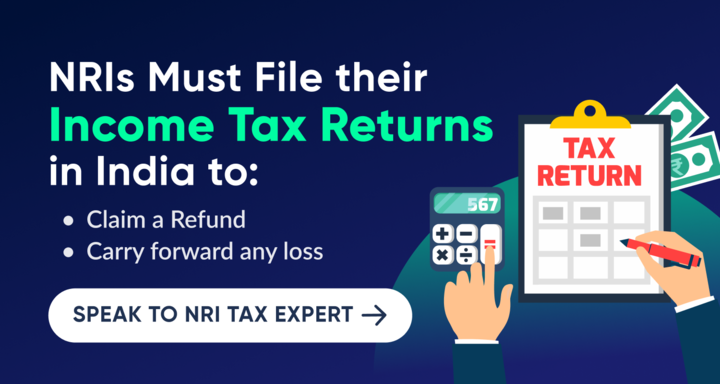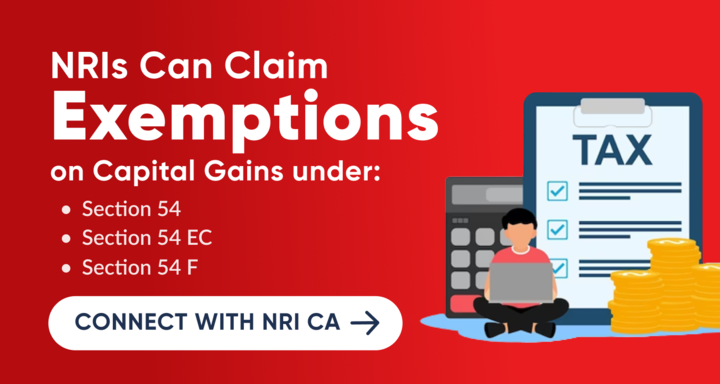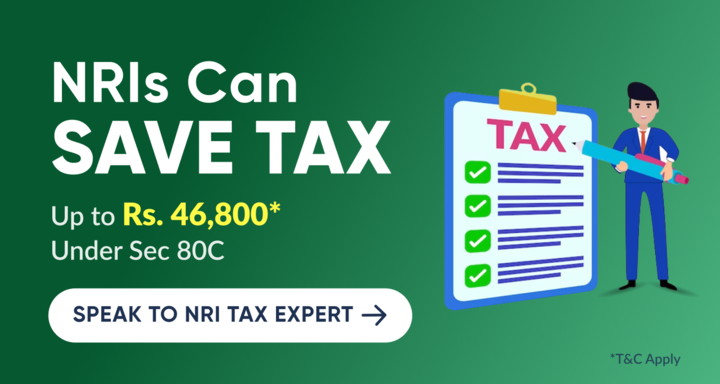DTAA Exemption Methods: Double taxation refers to the act of levying of tax by two or more jurisdictions on the same income or financial transaction. When someone transfers his income from one country to another, he is liable for tax in the country of his residence as well as where the fund is being transferred. For example, Rohit is a US-based NRI and has invested in mutual funds in India. Profit made on the investment by Rohit may be taxed in both India and the USA. However, NRIs can avoid paying tax in both countries because of the DTAA or Double Taxation Avoidance Agreement (DTAA). Here how NRIs can claim benefits under DTAA.

DTAA Exemption Methods
There are two exemption methods to claim benefits under DTAA:
- Tax credit: Under this method, tax relief can be claimed in the country of residence.
- Exemption: Under this method, you can claim tax relief in any one of the two countries.
Tax Credit Method
As per this method, a taxpayer needs to take his overall income into consideration (income sourced in India and abroad) and compute the taxes. Calculate the tax payable in the home country and claim benefits while paying taxes, as illustrated in the example below.
Exemption Method
As per exemption method, the income earned in your home country is not considered. Only the income you earn abroad is taxable. This method allows you to pay taxes in any one of the two countries.

DTAA Exemption Methods for NRIs to Claim Benefits
India has signed the Double Taxation Avoidance Agreement (DTAA) with 85+ countries, including the US, UK and UAE to provide relief for NRIs liable to pay double tax on the same income in two countries i.e. in their country of residence and India. As per DTAA, the income of an NRI will either be completely exempt or subject to a reduced tax rate. DTAA rates vary from country to country.
Let’s understand how a US-based NRI can claim tax exemption under the DTAA on interest income of Rs. 2 lakh in an NRO account held by him at a bank in India. Here the source country is India and residence country is the United States.
| Taxability of Income | Tax Rate | Taxed Amount |
|---|---|---|
| Tax in source country (India) as per concessional rate defined in India-US DTAA | 15% | Rs. 30,000 |
| Tax in the country of residence (USA) as per the local applicable rates | 30% | Rs. 60,000 |
| Deduction of tax paid in India from tax payable in USA | Rs. 30,000 |
Hence, after claiming relief under DTAA, the NRI will be liable to pay only Rs. 60,000 as tax in India and the USA.

Documents Required to Claim DTAA Benefits
First of all, you need to check whether India has signed a DTAA with the country of your current residence. Then you need to file Form 10F and submit some documents.
Form 10 F
Download Form 10 F from Income Tax’s website or take it from your bank and fill in details like your nationality, TIN number, address (outside India) and period of residence status. Other documents are listed below:
- Tax Residency Certificate (TRC)
- Self-attested copy of Passport and Visa
- Indemnity-cum-declaration (in case of Banks)
- OCI card (if applicable)
- Self-attested copy of PAN Card (if available)
Income Covered under DTAA
NRIs can claim tax benefits on various types of income arising or accruing in India, including:
- Interest income
- Dividend income
- Salary received in India
- Business income
- Capital gains on transfer of assets in India
- Consultancy and royalties income
- Fixed bank accounts/ deposits in India
- Income from any other services provided in India

How to obtain a TRC?
A non-resident Indian can get in touch with the government or income tax authorities in their respective country of residence to obtain a TRC. For detailed procedures to procure a TRC, you can also speak to a competent authority like a chartered account in India.
Resident Indians can request for a TRC in Form 10FA to the Income Tax Department. After verifying your details, the Income Tax Department will issue a TRC in Form 10FB.
Note: You can’t submit any other document to avail DTAA benefits.
For queries related to NRI tax deductions and exemptions, you can CONTACT US. You can also download the SBNRI App to connect with our NRI Tax / investment experts and get end-to-end assistance related to NRI tax filing. SBNRI will also help you get a lower TDS Certificate.



